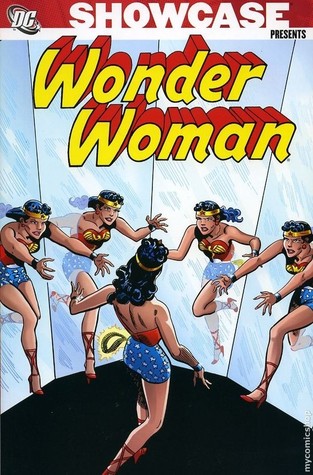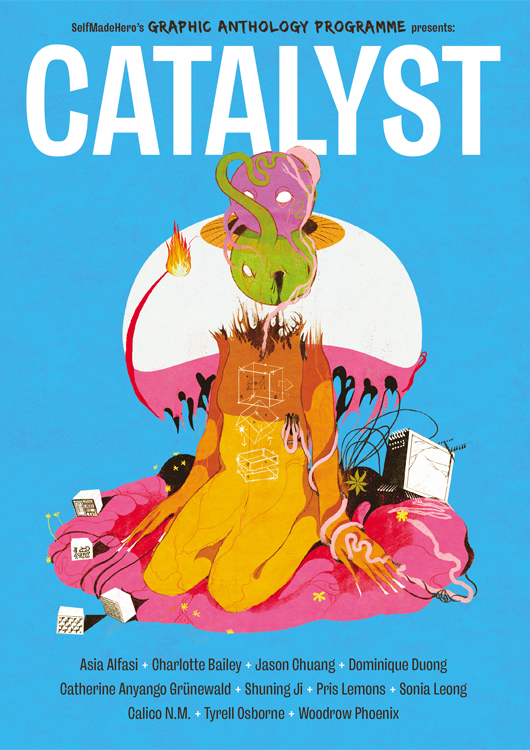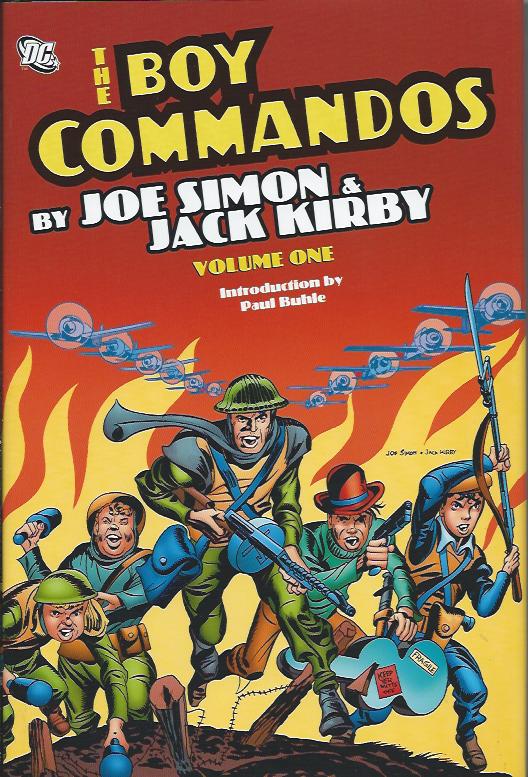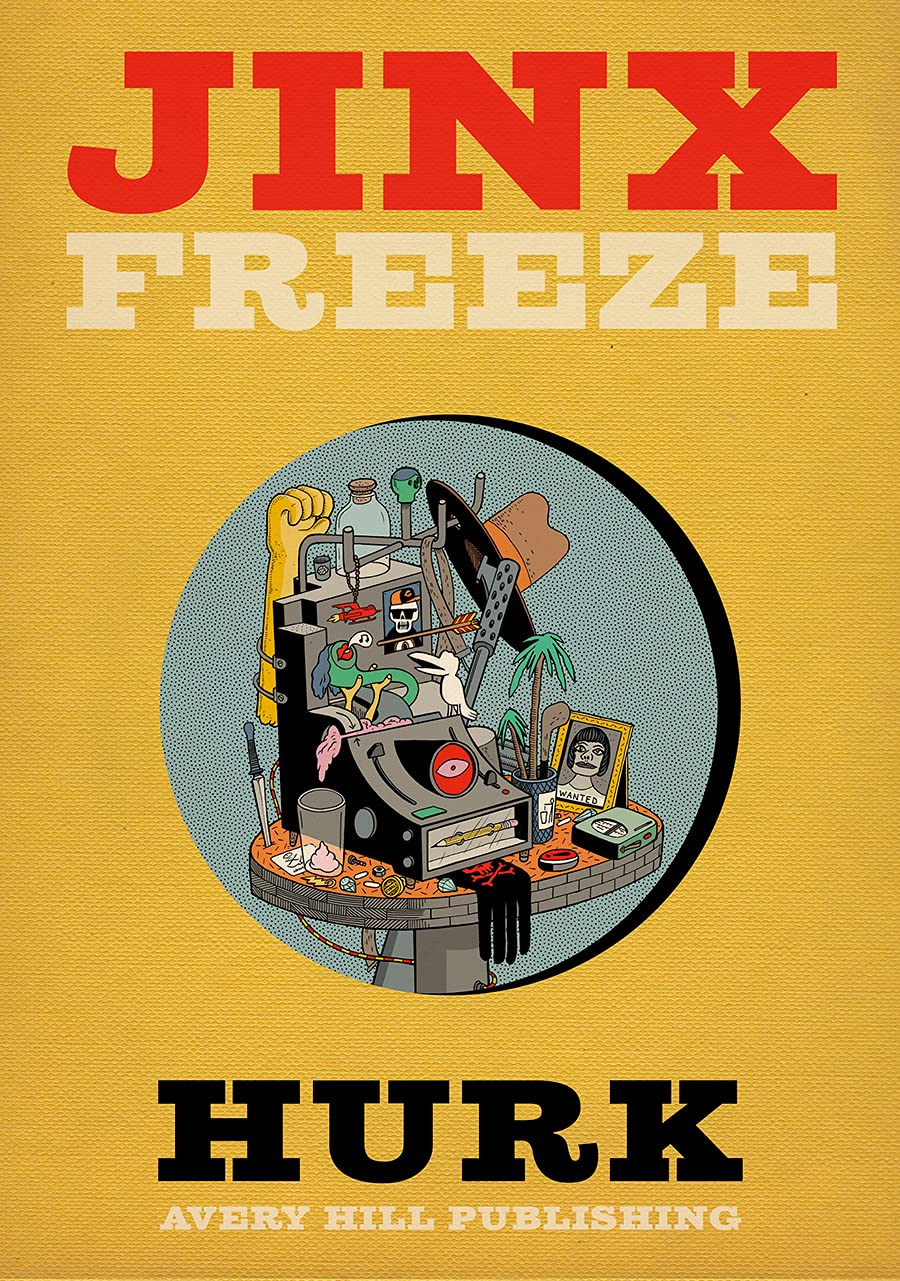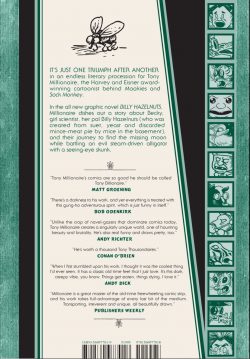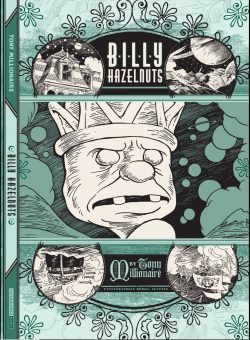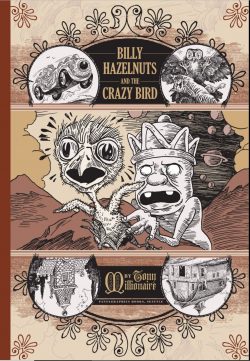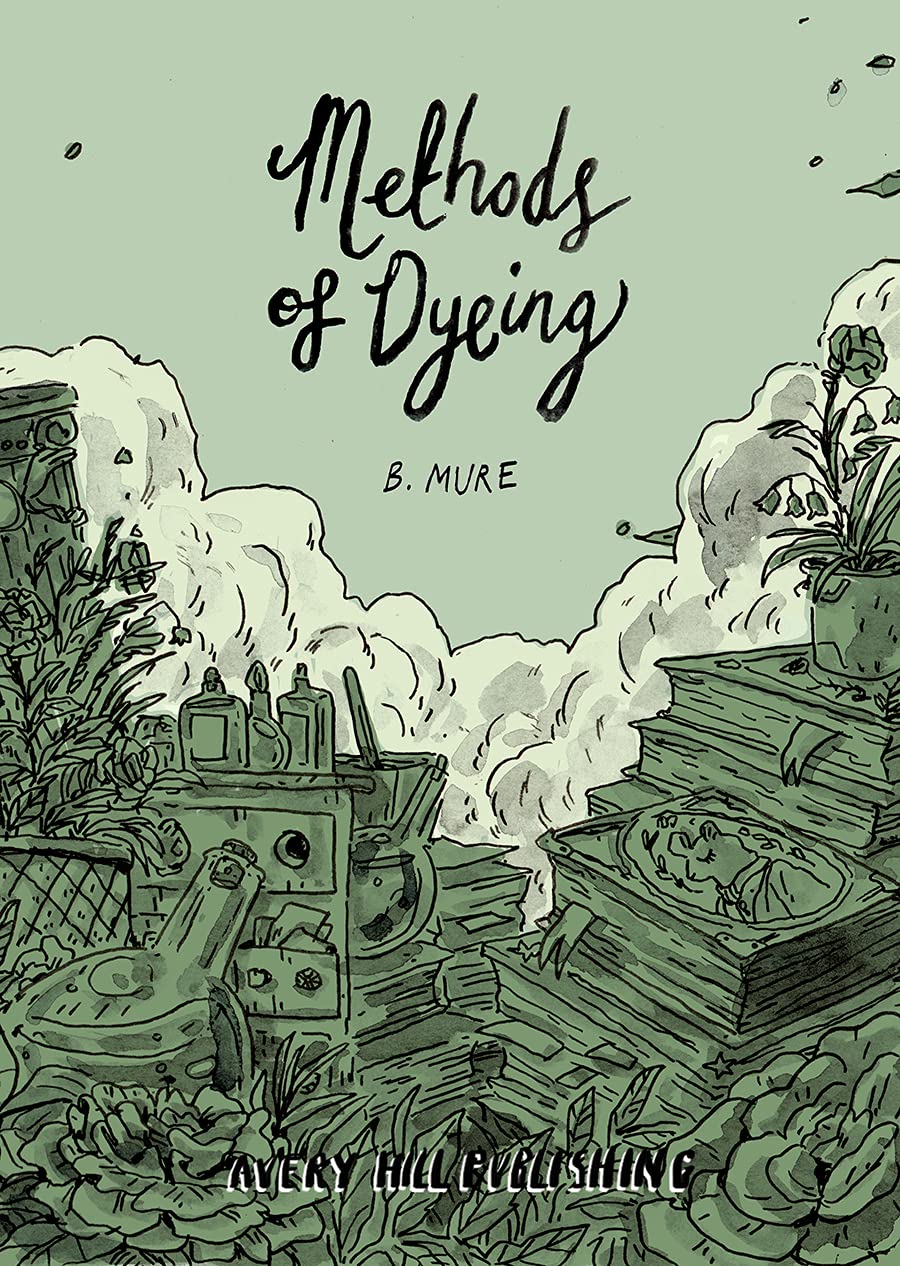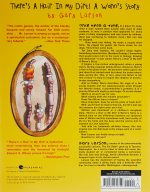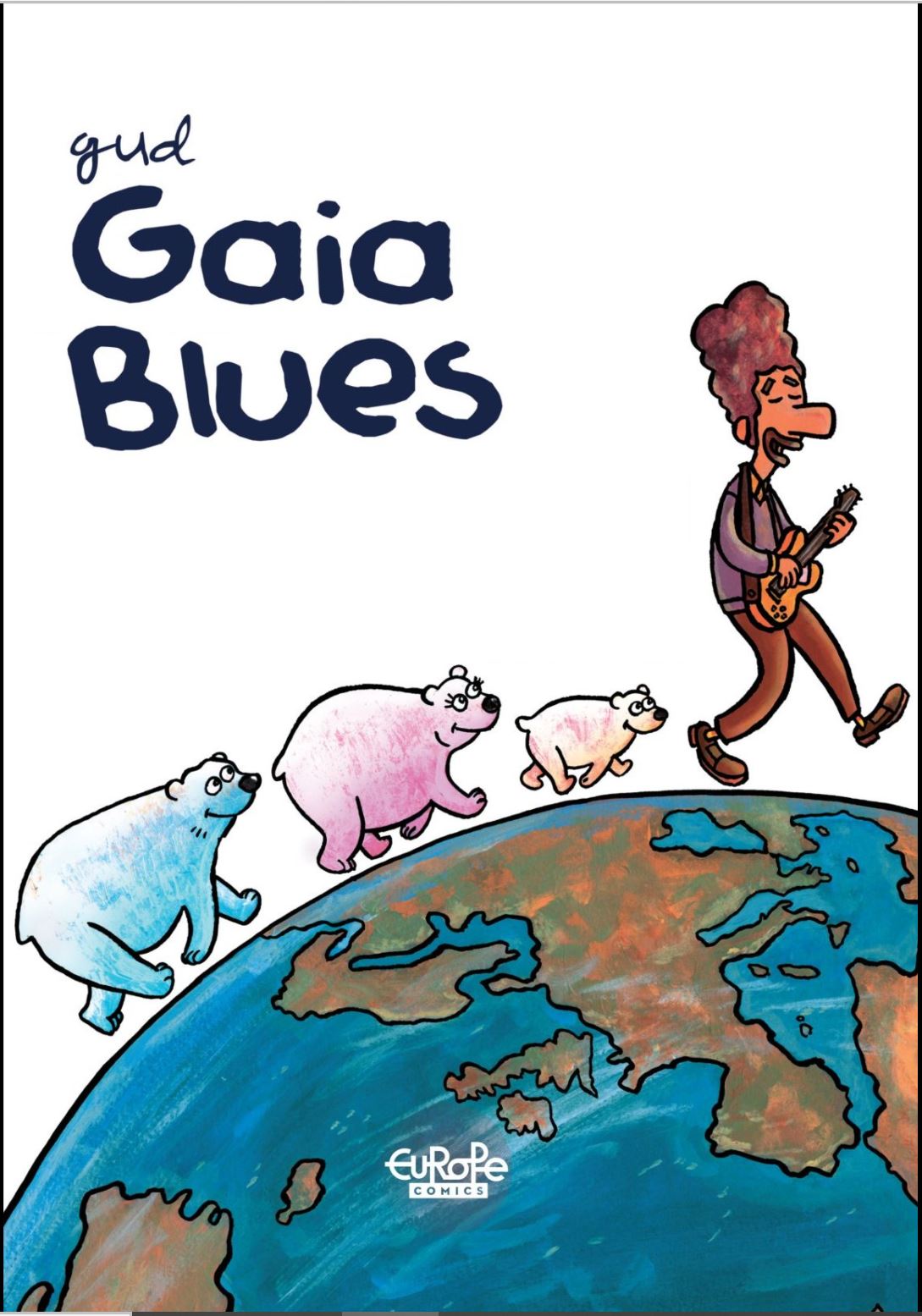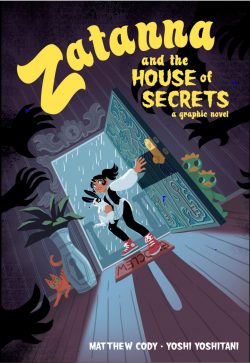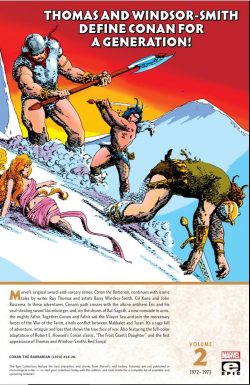
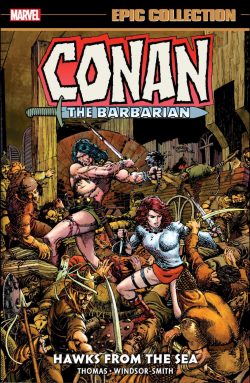
By Roy Thomas & Barry Windsor-Smith, with Michael Moorcock, James Cawthorn, Gil Kane, John Buscema, Sal Buscema & various (Marvel)
ISBN: 978-1-3029-2655-7 (TPB)
Win’s Christmas Gift Recommendation: Sensational Sagas for All Seasons… 9/10
During the 1970’s the American comic book industry opened up after more than 15 years of cautiously calcified publishing practises in response to the censorious oversight of the self- inflicted Comics Code Authority: created to police the publishers’ product after the industry suffered its very own McCarthy-style 1950s Witch-hunt.
One of the first genres revisited was Horror/Mystery comics and from that sprang adapted pulp legend Conan the Cimmerian, via an anthological yarn in Chamber of Darkness #4, whose hero bore deliberate thematic resemblance to the Barbarian. It was written by Roy Thomas and drawn by Barry (now Windsor-) Smith, a recent Marvel find, and one who was gradually breaking out of the company’s all-encompassing Jack Kirby house-style.
Despite some early teething problems – including being cancelled and reinstated in the same month – the comic book adventures of Robert E. Howard’s brawny warrior soon became as big a success as the revived prose paperbacks which had heralded a world resurgence in tales of fantasy and the supernatural.
After decades away, the brawny brute recently returned to the Aegis of Marvel, subtitled “the Original Marvel Years†due to the character’s sojourn with other publishers and intellectual properties rights holders. This second selection of groundbreaking action fantasy yarns features the contents of Conan the Barbarian #14-26 spanning March 1972-May 1973 – a period when the character was swiftly becoming the darling of the Comics world – and features two creators riding the crest of that creative wave. Digitally remastered and available in trade paperback or digital formats, these absorbing arcane adventures sparked a revolution in comics and a franchising empire in my youth, and are certainly good enough to do so once again.
As we hurtle back in time approximately 12,000 years into a forgotten age of wonders, the dramas open with a classic map of ‘The Hyborean Age of Conan’ plus an accompanying quote I’m sure every devoted acolyte already knows by heart…
The fabulous pictorial fantasy resumes with a tempestuous transatlantic team-up as Conan meets Michael Moorcock’s groundbreaking icon Elric of Melniboné in a 2-part tale freely adapted by Thomas, Windsor-Smith & Sal Buscema from a treatment by the British cult author and his frequent collaborator James Cawthorn.
Elric was a landmark of the Sword & Sorcery genre: last ruler of a pre-human civilization. The denizens of Melniboné were a race of cruel, arrogant sorcerers: dissolute creatures in a slow, decadent decline after millennia of dominance over the Earth.
An albino, Elric VIII, 428th Emperor of his line, is physically weak and possessed of a brooding, philosophical temperament, caring for nothing save his beautiful cousin Cymoril, even though her brother Prince Yrrkoon openly lusts for her and his throne.
Elric doesn’t even really want to rule, but will execute his duty. He is the only one of his race to see the newly evolved race of Man as a threat to the Empire and owns – or is possessed by – black sword Stormbringer: a magical blade which drinks the souls of its victims to feed their vitality to the albino.
His life is all blood and tragedy, exacerbated by his despised dependence on the black sword and his sworn allegiance to the chimerical Lord of Chaos Arioch…
Heady stuff for those simpler comic book times: the “White Wolf “was the complete antithesis of roistering lusty, impetuous Conan, who was drawn into a trans-dimensional conflict after rescuing old associate Zephra from marauding Chaos Warriors in ‘A Sword Called Stormbringer!’
She was the daughter of Zukala: a wizard who strangely bore no animosity towards the barbarian youth who had shattered his power and maimed his face the last time they clashed. In fact, the mage wanted to hire Conan to stop rival wizard Kulan Gath from rousing a sleeping demon queen from another realm…
The promise of much gold convinces the normally magic-averse warrior to accept the commission and soon he and Zephra are riding hard for the lake beneath which lies Terhali of Melniboné. They are unaware that Xiombarg, Queen of Swords (and rival Lord of Chaos) has despatched her own warriors to intercept them. As they near the haunted mere, the humans meet a gaunt, eerie albino with his own reasons for seeking out Terhali.
After a violent misunderstanding, Conan and Elric call a suspicious truce, intent on stopping Kulan Gath, his patron Xiombarg and a small army of Chaos killers. However, once the unlikely trio of world savers reach submerged city Yagala, they find ‘The Green Empress of Melniboné!’ is wide awake and intends making her apocalyptic mark on the Hyborian Age…
It takes the callous intervention of Arkyn, Lord of Order and Zephra’s willing sacrifice to end the emerald menace before the heartsick heroes part: each riding towards his own foredoomed destiny…
Conan #16 featured a sort-of reprint in ‘The Frost Giant’s Daughter’: a haunting, racy tale written by Howard and originally adapted in black-&-white for Savage Tales #1. It was slotted into the monthly schedule here after Windsor-Smith first resigned – citing punishing deadlines and poor reproduction values of the now monthly title.
The original monochrome magazine was an early attempt to enter the more adult market, so when it was reprinted, Smith’s art had to be judiciously censored to obscure some female body parts youngsters might be corrupted by. Even so, it remains a beautiful piece of work job by Smith and comes with another map of ‘The Hyborian Age of Conan’.
The artist’s resignation triggered a frantic scrabble for a replacement, which happily brought forth avid R.E. Howard fan Gil Kane, who lent his galvanic dynamism to a stunning 2-part adaptation of a prose short story originally starring Celtic hero Black Turlogh O’Brien…
Inked by Ralph Reese, ‘The Gods of Bal-Sagoth’ opens as Conan clashes once again with former foe and current pirate chief Fafnir, before the ship they ride in founders in a storm. As the only survivors, Cimmerian and Vanirman wash ashore on a mist-enshrouded island and fall into a savage power struggle between ambitious castaway Kyrie – who claims to be the incarnation of goddess Aala – and High Priest Gothan who rules the oldest kingdom in the world through sorcery and his puppet King Ska…
Now, the faux deity employs an ancient prophecy concerning two warriors from the sea to make her play, but only slaughter and cataclysm result after the insurgency releases ‘The Thing in the Temple’ (inked by Dan Adkins)…
Clearly refreshed and re-inspired, Windsor-Smith returned with #19 for a defining magnum opus, wherein the Cimmerian and Fafnir – last survivors of drowned Bal-Sagoth – are picked up and pressed into service with the invasion fleet of a power-hungry prince…
Developed and adapted from Howard’s lost historical classic The Shadow of the Vulture, the War of the Tarim was a bold epic embroiling the still-young wanderer in a Holy War between city-state Makkalet and expansionist the Empire of Turan, led by ambitious Prince Yezdigerd. He would become a bitter, life-long enemy of our sword-wielding swashbuckler.
‘Hawks of the Sea’ opens slowly as the outlanders learn the ostensible reason for the conflict – the abduction of the current fleshly receptacle of Living God Tarim – but soon kicks into high gear when Yezdigerd’s initial beachhead in Makkalet is repulsed by sorcery. Only Conan’s inimitable prowess and ingenuity allows any survivors to escape back to the relative safety of their ships…
The Cimmerian later joins a commando raid to steal back the man-god and meets a “temple-wench†who turns out to be the city-state’s embattled queen. The mission goes bloodily awry when Machiavellian high priest Kharam-Akkadunleashes the citadel’s ‘Black Hound of Vengeance!’ Barely surviving the beast’s fury, Conan returns to Yezdigerd’s flagship where – upon discovering what the invaders have done with their own burdensome wounded – he maims the Turanian prince and jumps ship…
Grandeur and terror spike with ‘The Monster of the Monoliths!’ (inked by Adkins, P. Craig Russell, Val Mayerik & Sal Buscema) as Conan – at risk of his life – defects to besieged Makkalet and is promptly commissioned by ineffectual King Eannatum to ride through the lines with a small company of men and seek allies and assistance amongst the Queen’s noble but distant family.
Little does he realise he’s been judged expendable but a worthwhile sacrifice for an arcane antediluvian horror from beyond the mortal realms… but then again, little does the loathsome travesty of nature understand the nature of the man it’s been offered…
Conan the Barbarian #22 was a reprint, represented here by the cover and a ‘Special Hyborian Page Pin-up! before inkers Adkins & Chic Stone and the dream-team restart hostilities in ‘The Shadow of the Vulture!’: setting the scene and introducing trend-setting warrior Red Sonja, a female mercenary who would take fantasy fans by storm, especially since the next chapter, ‘The Song of Red Sonja’ – drawn, inked & coloured by Windsor-Smith – became one of the most popular and reprinted stories of the decade. It went on to win the 1973 Academy of Comic Book Arts Awards in the Best Individual Story (Dramatic) category, but was also the restless illustrator’s colour comic swansong…
On his departure, Thomas commenced a long and fruitful partnership with John Buscema, who, in fact, had been Thomas’s first choice to draw Conan, but was deemed by then-publisher Martin Goodman too valuable to waste on a mere licensed property…
Issue #25 introduced Big John via ‘The Mirrors of Kharam Akkad’ (inked by brother Sal and the legendary John Severin): incorporating a loose adaptation of Howard’s King Kull tale The Mirrors of Tuzun Thune while setting the pieces in play for a spectacular conclusion…
The war ended in raw, grimly ironic fashion in ‘The Hour of the Griffin!’ – inked by Ernie Chua (nee Chan) – and swiftly silenced all the nay-sayers who claimed that Conan would die without its original artist…
Even greater heights would be scaled in the months and years to come…
Also included in this grand grimoire of graphic thrills are another map; 16 pages of original art and covers by Windsor-Smith and Kane plus fascinating documents from the Comics Code Authority, listing art changes needed before they allowed ‘The Frost Giant’ Daughter’ to be published, as well as “before-&-after†changes demanded for ‘The Song of Red Sonja’.
This treasure trove then closes with a selection of past collection covers by John Buscema & Marie Javins and John Cassaday & Laura Martin.
Stirring, evocative, deeply satisfying, this is one of the best collections in a superb series of a paragon of adventurers. What more does any red-blooded, action-starved fan need to know?
© 2020 Conan Properties International, LLC (“CPIâ€)

